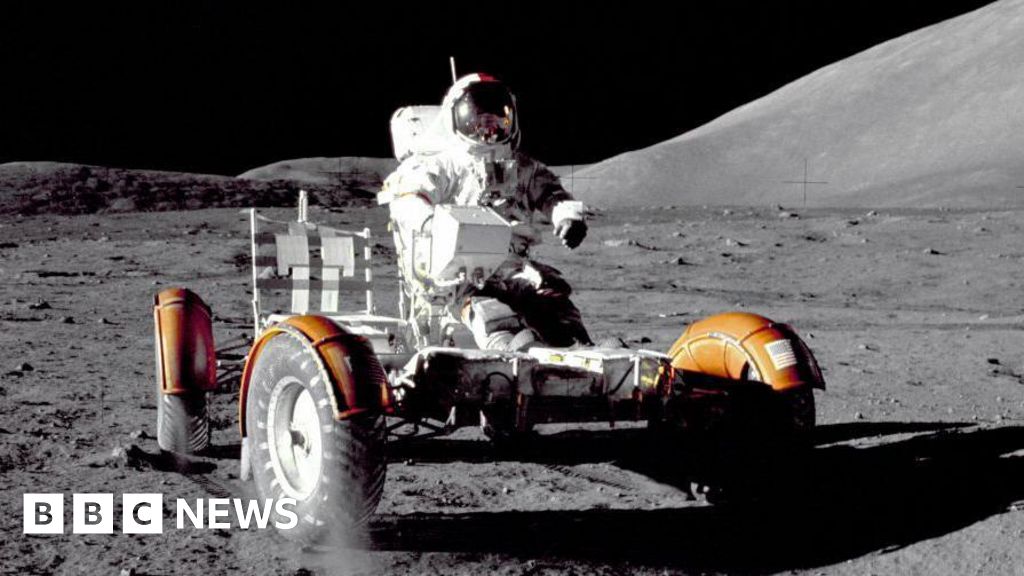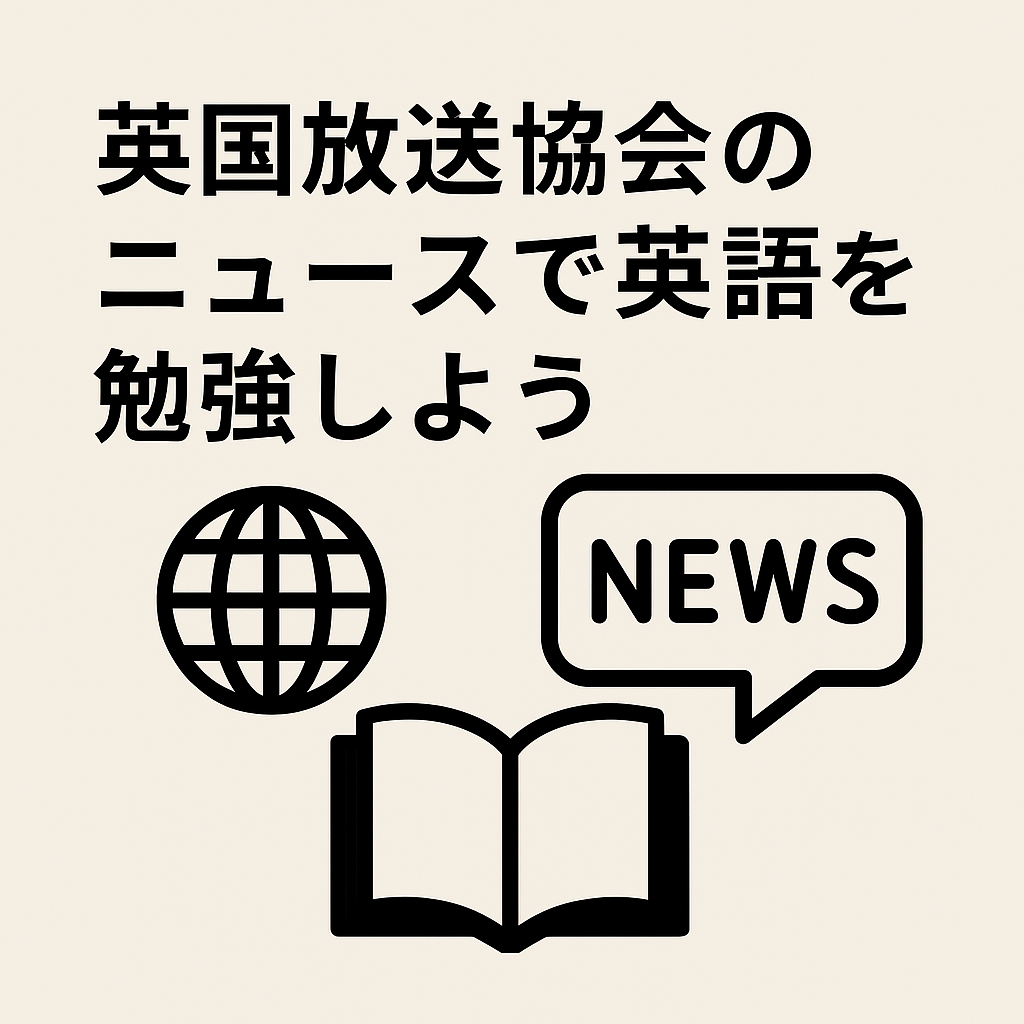月面で活動している、車、は一定数ある。
これらにはタイヤがあるが、それがパンクすると活動はできなくなる。
パンクを防ぐ方法とは?今、ミシュランと空気入りでないタイヤの開発をしているという。
2027年にアルテミスは月面に再び人を立たせることを予定している。
BBCより、
How to avoid a puncture on the Moon

日本語コメント
月面で“パンク”したら終わり――だからこそ、空気に頼らないタイヤの開発が進んでいる。
NASAが進めるアルテミス計画では、2027年にも人類を再び月面に立たせる予定。そのとき月面を走るローバー(探査車両)にとって、タイヤの信頼性は生死を分ける要素です。
地球上では当たり前の「空気入りタイヤ」ですが、月面では気圧も補給もない環境で“パンク=即アウト”。そのため、ミシュランなどの企業が**“空気を使わないタイヤ”=ノン・パンク構造のメタルタイヤ**の開発に取り組んでいます。
月面は鋭くとがった砂や、極端な温度変化が特徴で、通常のゴムでは太刀打ちできません。だからこそ、弾力性と耐久性を併せ持つ革新的な素材と構造が求められているのです。
タイヤひとつをとっても、宇宙探査とは極限環境への適応力の結晶。そしてその技術は、やがて地球の過酷な環境や災害対応車両への応用にもつながっていくかもしれません。
English Comment
A flat tire on the Moon? Game over. That’s why airless tires are the future of lunar mobility.
As NASA’s Artemis mission prepares to return humans to the Moon in 2027, lunar rovers are once again in the spotlight. And when it comes to survival in space, a simple flat tire isn’t just inconvenient—it can be catastrophic.
Enter companies like Michelin, which are developing airless, puncture-proof tires built to handle the Moon’s razor-sharp dust, extreme temperatures, and total lack of atmosphere.
Unlike Earth, there’s no backup, no roadside assistance, no air pumps on the Moon. These futuristic tires—built with metal alloys and spring-like structures—are designed to bend, flex, and endure without bursting.
It’s a fascinating reminder that even something as “ordinary” as a tire becomes a cutting-edge problem in space exploration. And eventually, this tech may find its way back to Earth, powering vehicles in disaster zones, remote terrain, or even Martian expeditions.



コメント